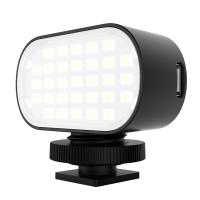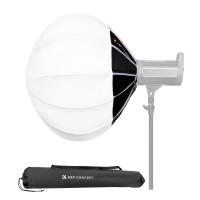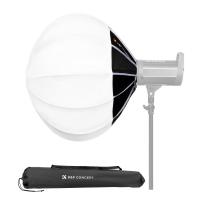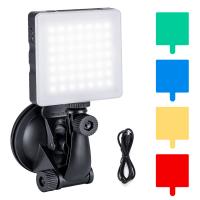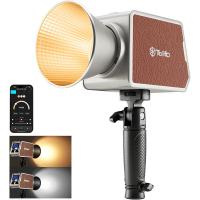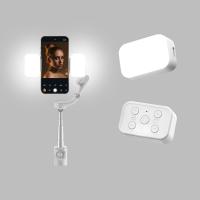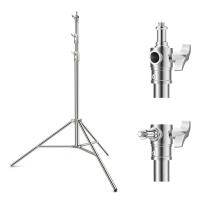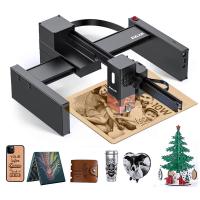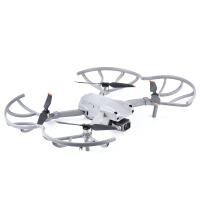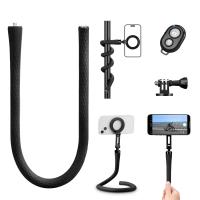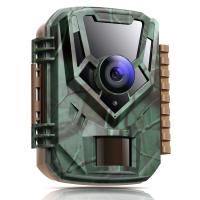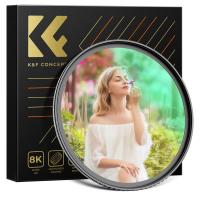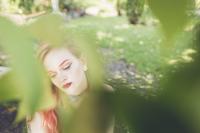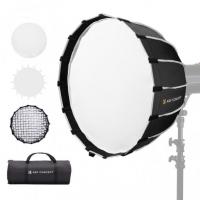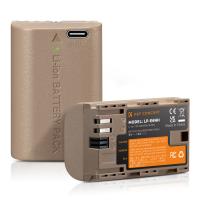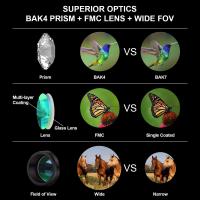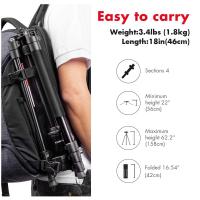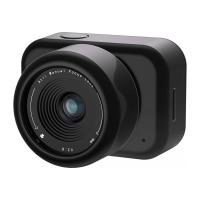How To Make Soft Light For Photography?
Creating soft light for photography is a fundamental skill that can significantly enhance the quality of your images. Soft light reduces harsh shadows, creates a more flattering look for portraits, and adds a professional touch to your photos. In this article, we will explore various techniques and tools to achieve soft light, ensuring you can adapt to different shooting environments and subjects.
Understanding Soft Light
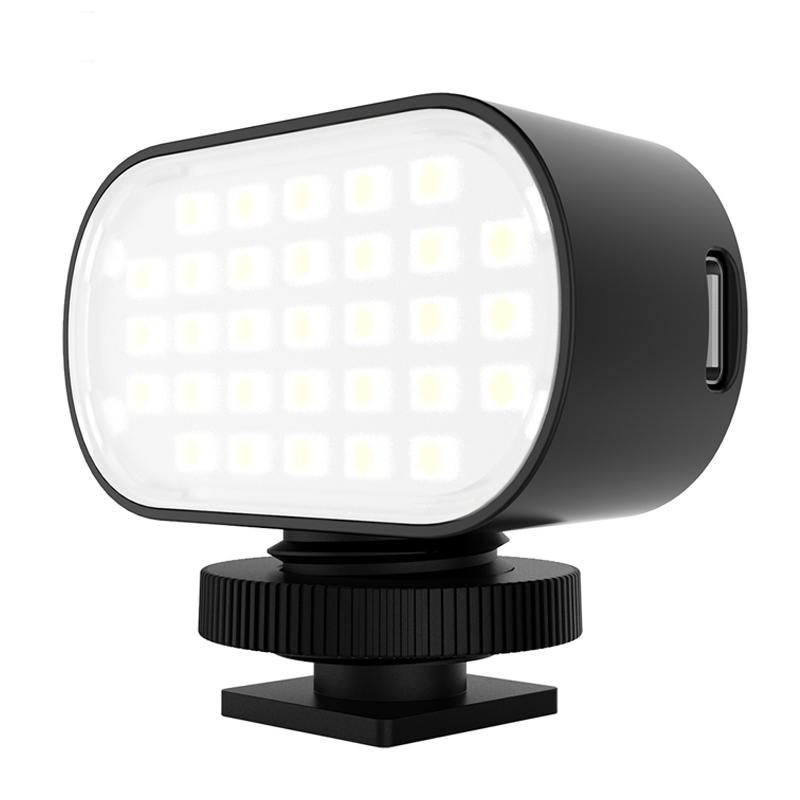
Before diving into the methods, it's essential to understand what soft light is. Soft light is characterized by its gradual transition between light and shadow, resulting in a more diffused and even illumination. This type of light is often preferred in portrait photography because it minimizes skin imperfections and creates a more natural look.
Techniques to Create Soft Light
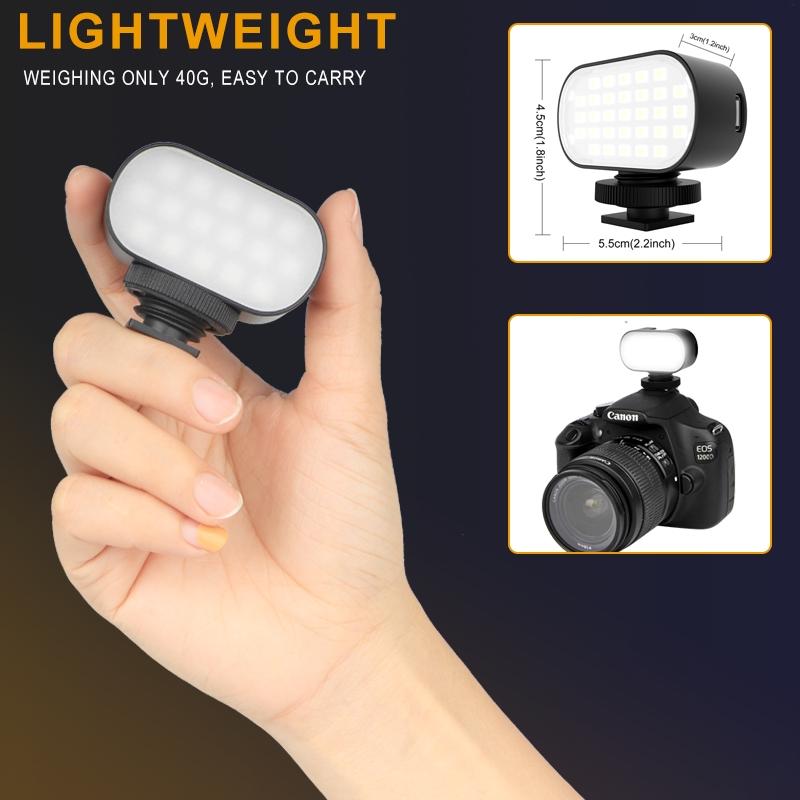
1. Using Natural Light
Natural light is one of the most accessible sources of soft light. Here are a few ways to utilize it effectively:
- Golden Hour: The hour after sunrise and the hour before sunset, known as the golden hour, provides soft, warm light that is ideal for photography. The sun is low in the sky, creating long shadows and a gentle light that is perfect for portraits and landscapes.
- Overcast Days: Cloudy days act as a natural diffuser, scattering sunlight and creating a soft, even light. This is perfect for outdoor shoots as it eliminates harsh shadows and highlights.
- Window Light: Positioning your subject near a large window can create beautiful soft light. The larger the window, the softer the light. You can further diffuse the light by using sheer curtains or placing a white sheet over the window.
2. Diffusers and Reflectors
Diffusers and reflectors are essential tools for controlling light in photography:
- Diffusers: A diffuser is a translucent material that scatters light, making it softer. You can use professional diffusers or DIY options like a white shower curtain, a bedsheet, or even a piece of tracing paper. Place the diffuser between the light source and your subject to soften the light.
- Reflectors: Reflectors bounce light back onto your subject, filling in shadows and creating a more even light. They come in various colors, with white providing the softest light. You can also use household items like white foam boards or aluminum foil as makeshift reflectors.
3. Softboxes and Umbrellas
Softboxes and umbrellas are studio lighting tools designed to create soft light:
- Softboxes: A softbox is a rectangular or octagonal box with a diffusing material on the front. It encloses the light source, directing and softening the light. Softboxes are excellent for controlled, soft lighting in studio settings.
- Umbrellas: There are two main types of umbrellas: shoot-through and reflective. Shoot-through umbrellas are made of translucent material that diffuses light, while reflective umbrellas have a reflective interior that bounces light back onto the subject. Both types can create soft light, but shoot-through umbrellas generally produce a softer effect.
4. Bounce Lighting
Bouncing light off a surface can create soft, diffused light. This technique is often used with flash photography:
- Ceiling Bounce: Pointing your flash towards the ceiling can create a large, soft light source. The light bounces off the ceiling and spreads evenly over your subject.
- Wall Bounce: Similar to ceiling bounce, you can point your flash towards a wall to create soft, directional light. This technique works well for side lighting and can add depth to your images.
5. Modifiers for On-Camera Flash
On-camera flash can produce harsh light, but using modifiers can soften it:
- Diffusion Domes: These are small, dome-shaped diffusers that fit over your flash. They scatter the light, reducing harshness and creating a softer effect.
- Bounce Cards: A bounce card is a small, reflective card that attaches to your flash. It directs some of the light towards the ceiling or walls, softening the light that reaches your subject.
Practical Tips for Achieving Soft Light
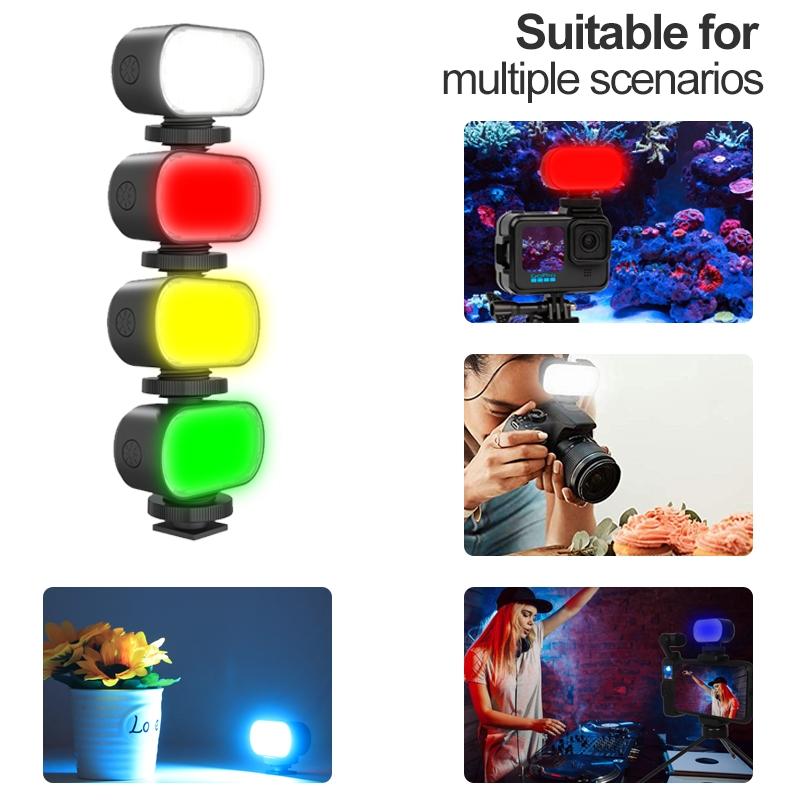
1. Distance Matters
The distance between your light source and your subject affects the softness of the light. The closer the light source, the softer the light will be. Conversely, moving the light source further away will create harder light. Experiment with different distances to achieve the desired effect.
2. Size of the Light Source
The size of the light source relative to your subject plays a crucial role in light softness. Larger light sources produce softer light. For example, a large softbox will create softer light than a small one. If you're using natural light, a large window will provide softer light than a small one.
3. Angle of Light
The angle at which light hits your subject can also impact the softness. Light coming from the side or above can create more depth and dimension, while front lighting can produce a flatter, more even look. Experiment with different angles to see how they affect the softness and overall feel of your images.
4. Layering Diffusion
For an even softer effect, you can layer multiple diffusers. For example, you can use a softbox with an additional diffuser in front of it. This technique further scatters the light, creating an ultra-soft effect that is perfect for close-up portraits.
Common Mistakes to Avoid
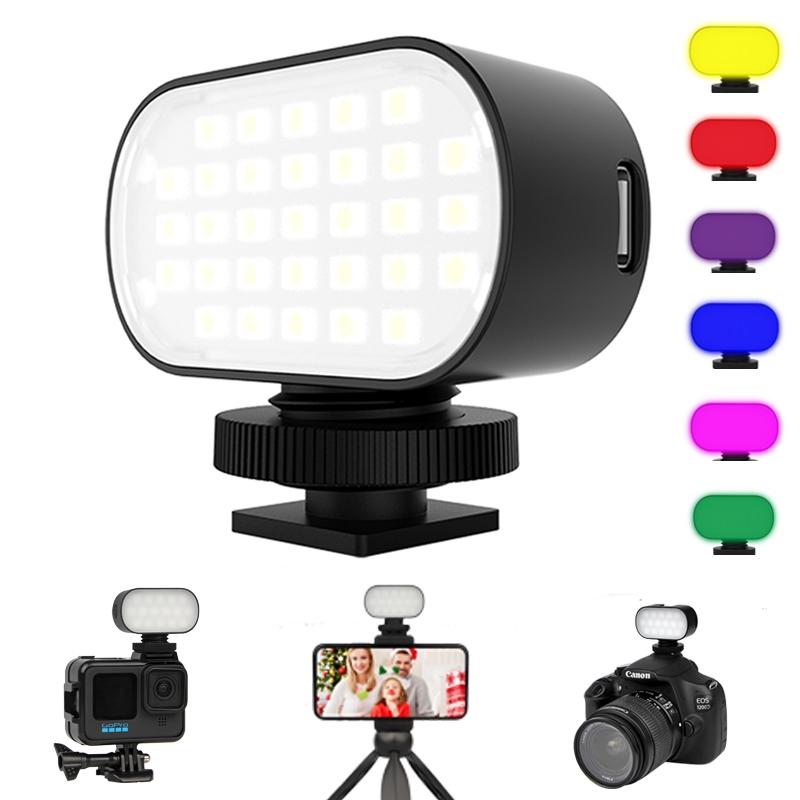
1. Over-Diffusing
While diffusion is essential for soft light, over-diffusing can result in a lack of contrast and flat images. Ensure you maintain a balance between soft light and enough contrast to add depth and interest to your photos.
2. Ignoring Ambient Light
Ambient light can affect the quality of your soft light. Be mindful of other light sources in your environment, such as overhead lights or street lamps, which can introduce unwanted shadows or color casts. Control your shooting environment as much as possible to maintain consistent soft light.
3. Not Experimenting
Photography is an art, and achieving the perfect soft light often requires experimentation. Don't be afraid to try different techniques, angles, and modifiers to see what works best for your specific situation and subject.
Creating soft light for photography is a skill that can elevate your work to a professional level. By understanding the principles of soft light and utilizing various techniques and tools, you can achieve beautiful, flattering light in any situation. Whether you're using natural light, diffusers, softboxes, or bounce lighting, the key is to experiment and find what works best for your style and subject. With practice and creativity, you'll be able to master the art of soft light and enhance the quality of your photographs.


